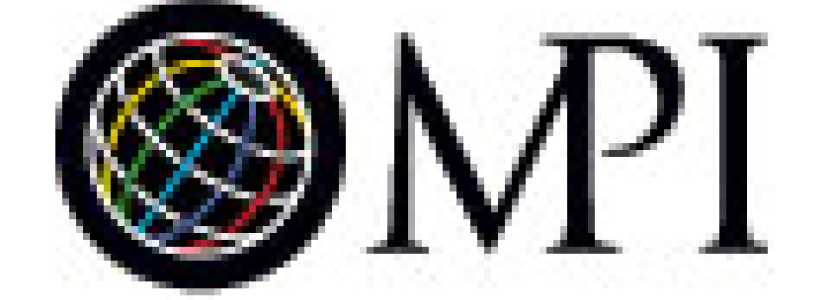
“Will social media burn conferences to the ground?” asked social media maven Christopher Penn in late June. On his Web site, he argued that people don’t need to travel to a conference to get its value—just follow it on Twitter, he concluded. The article went viral, forwarded and re-tweeted about by meeting professionals and techno-heads and hospitality professionals around the world. It struck a nerve.
Over the last six months, meeting professionals have told me that they have mixed feelings about Twitter and whether it can help or hurt their events. Some say that they promote it and even provide (sponsored) computers in the commons for attendees to tweet on. Others insist that phones should be turned off during meetings, and tweeting will only lead to noise and distraction.
“After all,” one meeting planner told me recently, “delegates are there to listen. We’ll do the reporting!”
To all of this, I quote Internet pioneer Kevin Kelly: “Embrace the swarm.”
Microblogging is growing fast through platforms such as Twitter and Facebook. It is easy, effective and scoops commercial media during the day. It will likely increase by a factor of 10 over the next few years. If you embrace it, integrate it into events and figure out how it can help you, you’ll be able to champion it.
Microblogging is not a substitute for attending a meeting or conference. All tweets must fit in 140 characters. They can only report highlights or quotable quotes. You’ve been doing this for years in conference follow-ups as a way to add value and market the next event. It helped you. Besides, conferences and meetings facilitate face-to-face networking and knowledge sharing.
In the future, the best conferences will integrate social media in a variety of ways from marketing to registration to interactivity to reporting. If you start experimenting with Twitter integration now, you’ll be a social media master by next year.
Two Ways to Integrate Twitter Into Your Next Meeting
Create and promote an official Twitter channel for your meeting. It is easy to create a channel on Twitter for just about anything. This is how Twitter media users organize the conversations. Channels are created when a user includes a hashtag in a Twitter update. A hashtag is the # symbol, immediately followed by a short list of letters that spell out a word, phrase or initials for an event or organization. Twitter’s search engine sees the # and automatically generates a new Web page that will include any updates (tweets) that include the hashtag (#+letters).
This is a great tool, because it allows all tweets related to a conference to aggregate in the same place. If your conference has a shortened name, initials for example, use that nickname for your event’s hashtag. For example, MPI’s recent World Education Congress (WEC) is also referred to as #wec09. In many cases, savvy tweeters already know this and create this channel with or without you.
Announce the official hashtag in conference materials and during the event. Have your MC read some interesting tweets prior to keynotes or panels to stoke the conversation. Promote the hashtag at computer terminals usually designated for checking e-mail. Have an event staffer tweeting about the event, including greatest hits from speakers.
If you do this right, you’ll likely create a lively and authentic conversation about the event that will only make next year’s event seem more relevant and desirable. Over time, you’ll find your Twitter channel as insightful as the surveys you’ve been begging people to fill out for years.
Sure, there might be some naysayers there, but they will spread the word via e-mail and word of mouth anyway. With Twitter, you can meet them and convert them into helpers for next year’s event. (Tip: If someone tweets about a negative conference experience, follow that person on Twitter. Almost every time, they will follow you back—that’s a Twitter practice. When they follow you back, now you can send them a direct message. In it, offer to hear them out via phone or e-mail.)
Use Twitter also as an audience response system. Recently, at an association meeting, I asked an audience of 2,000 to join me in an instant collaboration experiment. First, I asked all Twitter-abled people to raise their hands. Dozens of hands went up, many of them holding cell phones. Next, I said, “Turn them on, then set them to silent in case you get a call.” I re-announced the official hashtag for the meeting, chosen by the meeting planner prior to the event.
I posed the question, “Of the following three items, which is your top priority?” The screens, usually reserved for PowerPoint presentations, displayed the Web site on Twitter for the hashtag. It lit up almost immediately with answers from the audience. I read a few of them off the screen as they rolled in. Then I talked about why the question was important and what the answers might mean. One of the meeting planners tabulated the answers for me toward the end of my talk and displayed it on the screen. More than 50 people participated, and the results were provocative and useful. No special equipment was needed.
These are just two ways to use Twitter as a resource. Over time, I’m sure we’ll find dozens more. Hopefully, you’ll also decide to join Twitter and start tweeting about events you are playing host to, attending or hearing about. The more you use it, the more you’ll learn to embrace it, along with the next chapter in the meeting industry. One+
TIM SANDERS, a top-rated speaker on the lecture circuit, is the author of Saving the World at Work: What Companies and Individuals Can Do to Go Beyond Making a Profit to Making a Difference (Doubleday, September 2008). Check out his Web site at www.timsanders.com.




